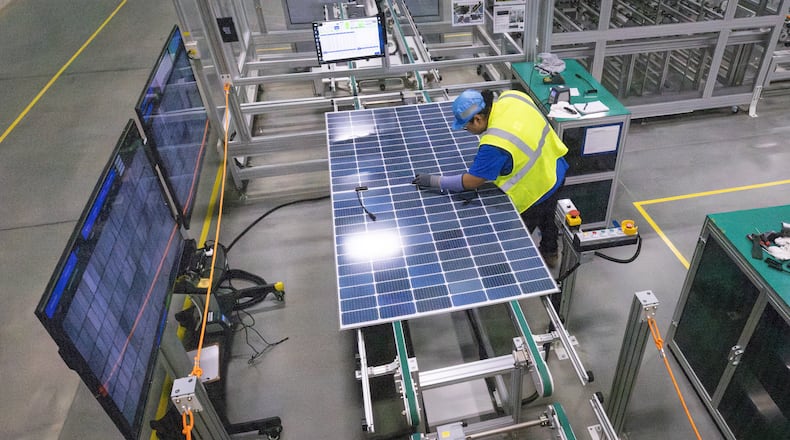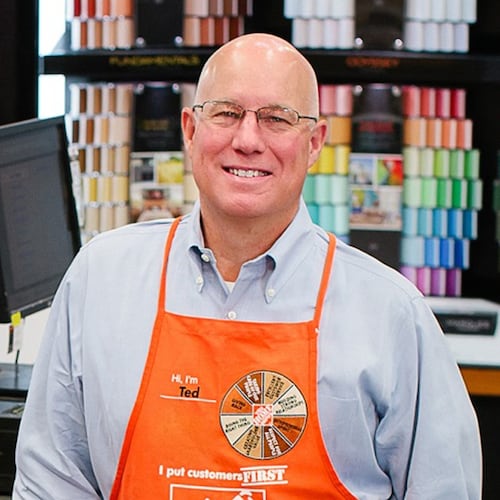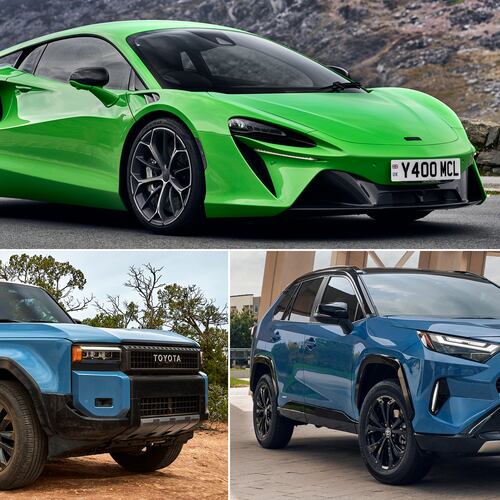CARTERSVILLE — In a factory shell larger than Lenox Square Mall, the epicenter of a critical American industry is taking form: solar panel production.
Dozens of robots scurry across an expansive concrete floor to the mechanical rhythm of machinery cutting and combining razor-thin cells into solar panels. Outside the factory’s walls, bulldozers and construction cranes continue to work to bring the rest of the mammoth facility to life at a breakneck pace.
“A year ago this was dirt,” said Scott Moskowitz, Qcells’ senior director of marketing strategy and industry affairs. “It’s remarkable.”
This week, Qcells began producing finished solar panels at its Cartersville plant, a key step in the ramp-up of the highly-anticipated factory that’s been billed as a game-changer for U.S. solar manufacturing. The Atlanta Journal-Constitution was granted exclusive access inside the factory Tuesday to see the first modules roll off the assembly line.
Credit: Steve Schaefer /
Credit: Steve Schaefer /
Qcells’ Cartersville factory is part of a $2.5 billion investment announced last year to grow its manufacturing presence in Georgia, which was spurred, in part, by incentives in President Biden’s signature climate and healthcare law — the Inflation Reduction Act (IRA). The company and the Biden administration have billed Qcells’ venture as the largest investment in clean energy manufacturing in U.S. history.
Last fall, the company completed the first part of that expansion when it boosted the maximum annual output of its existing Dalton factory to 5.1 gigawatts, or 30,000 panels a day.
Now, all eyes are on the new Cartersville facility, which will be able to produce 16,700 solar panels a day. Combined with Dalton’s output, Qcells expects to have an annual production capacity in Georgia of 8.4 gigawatts, enough to power 1.3 million homes. Between the two factories, Qcells says it will eventually employ 4,000 workers in Georgia.
Rebecca Harter, a production engineer who joined the company in September, remembers when the Cartersville factory was beginning to take shape. She’s still surprised it became operational this quickly.
“When they said April 1 we’re going to be making 1,000 modules, I didn’t really believe it,” she said. “But it’s incredible progress to see.”
Credit: arvin.temkar@ajc.com
Credit: arvin.temkar@ajc.com
But there’s a reason Qcells is moving quickly to ramp up Cartersville’s planned capabilities.
Historically, U.S. solar manufacturers have relied on far-flung, mostly overseas facilities to source raw materials needed to make solar panels. Once complete, the Cartersville factory will be the country’s first to bring a fully-integrated solar supply chain under one roof.
“It used to be the only thing this industry cared about was bringing costs down as quickly as possible,” Moskowitz said. “Now, all that matters is the supply chain and figuring out how to get enough of these products where you want them.”
On one side of the factory, refined polysilicon will be molded into massive cylinders called ingots, then sliced into razor-thin wafers. Chemical treatments will transform wafers into photovoltaic cells to convert the sun’s rays into electricity, before those cells are assembled into finished solar panels at the opposite end of the plant.
The rest of the Cartersville factory should be online by the end of the year, the company says.
Overall, the outlook for solar electricity is bright.
The federal Energy Information Administration projected in January that solar would provide 7% of all U.S. electricity in 2025, up from 4% in 2023, making it the leading source of growth in the country’s electricity supply over the next two years. Solar is booming outside the U.S., too, as countries turn to renewables to support economic growth and reduce emissions of greenhouse gases that are causing climate change.
But there’s no guarantee that Qcells and other domestic manufacturers will win the fight to feed the growing appetite for solar.
Chinese companies still control more than 80% of the global production for all components needed to make panels, and the cheap modules produced in China have long plagued other manufacturers. Just last year, a flood of Chinese panels sent solar prices plummeting in Europe and in the U.S.
Qcells production shift manager Freddy Torres said quality assurance is baked into everything they do in Cartersville.
“Every time we do something, we check,” he said. “We cut, we check. We solder, we check. We arrange, we check. It’s all about quality control and redundancies.”
Credit: Steve Schaefer /
Credit: Steve Schaefer /
The IRA, passed in 2022 with key votes from Georgia’s Democratic Senators Jon Ossoff and Raphael Warnock, aims to reduce dependence on foreign suppliers. The legislation offers an investment tax credit for clean energy manufacturing and billions more in domestic production incentives to encourage companies to build their products in the U.S. It also included a provision penned by Ossoff that focused on bolstering domestic solar panel production.
But those incentives may not be enough.
Ossoff and Warnock last week called for the White House to eliminate tariff exemptions to further crack down on foreign solar panels. They said it’s “critical to our nation’s energy security and energy independence from China.”
Moskowitz said any additional protective trade policies that insulate domestic companies is a national security win for the U.S. He added that producing solar panel subcomponents stateside is a needed step to provide long-term security to the solar panel industry.
“There’s more that can and should be done to help ensure that a factory like this can last for decades and that we can hopefully build more of them,” he said.
A note of disclosure
This coverage is supported by a partnership with Green South Foundation and Journalism Funding Partners. You can learn more and support our climate reporting by donating at ajc.com/donate/climate/
Keep Reading
The Latest
Featured






